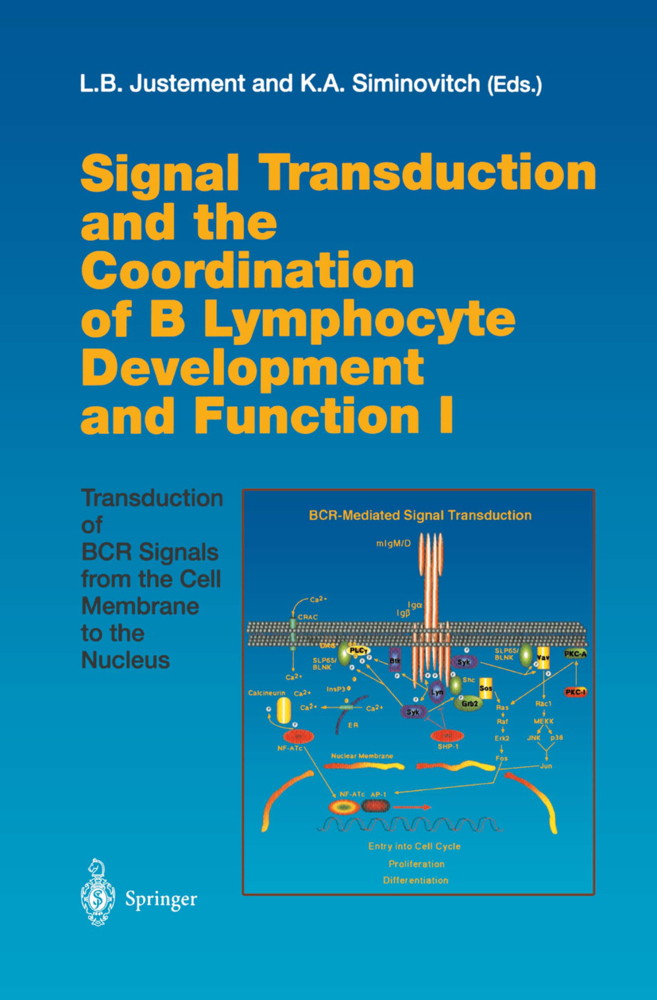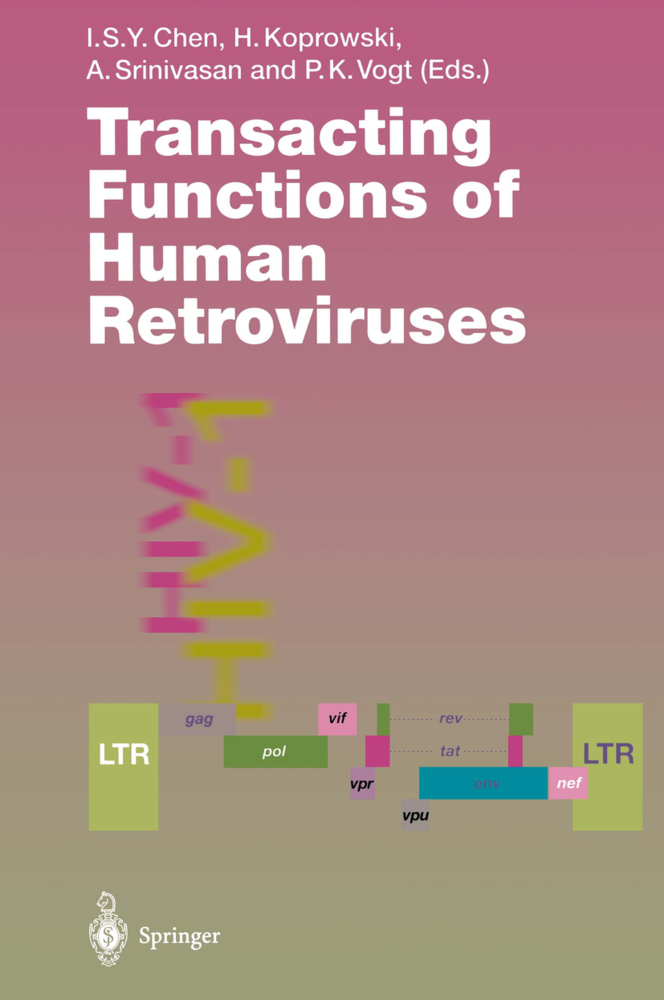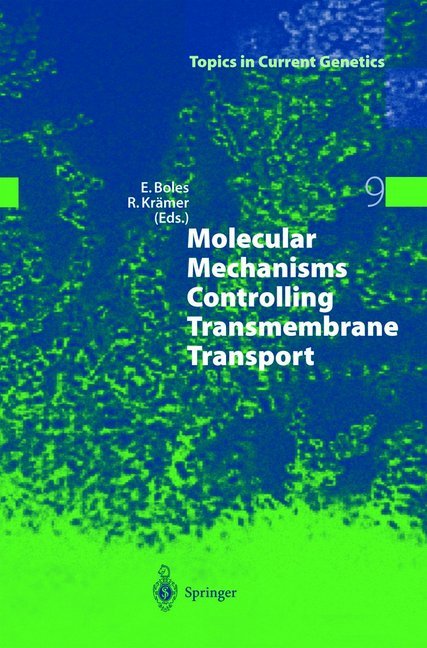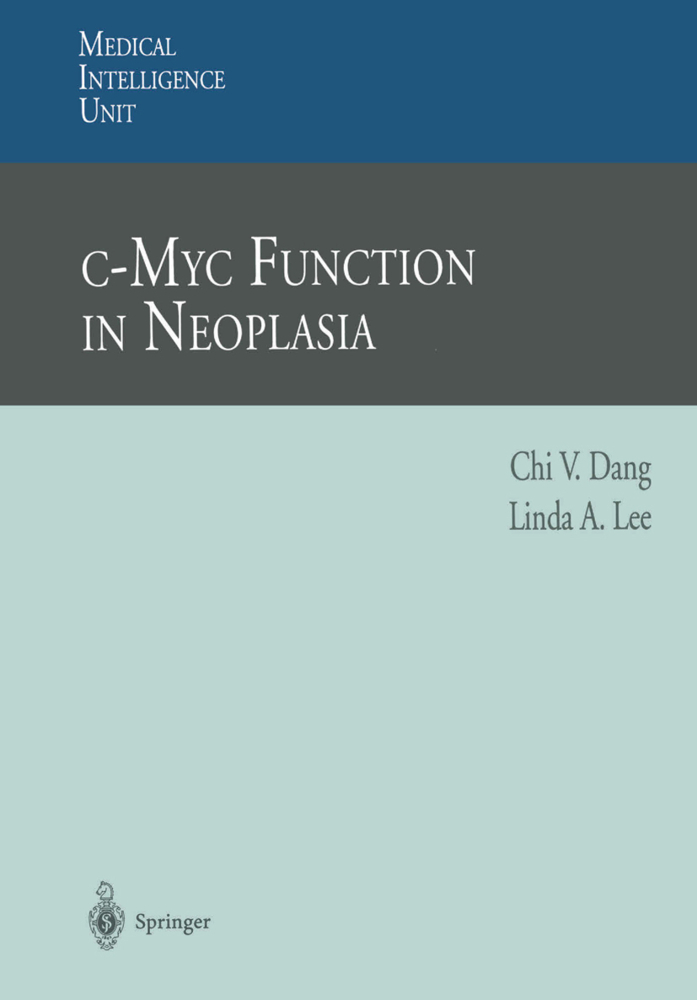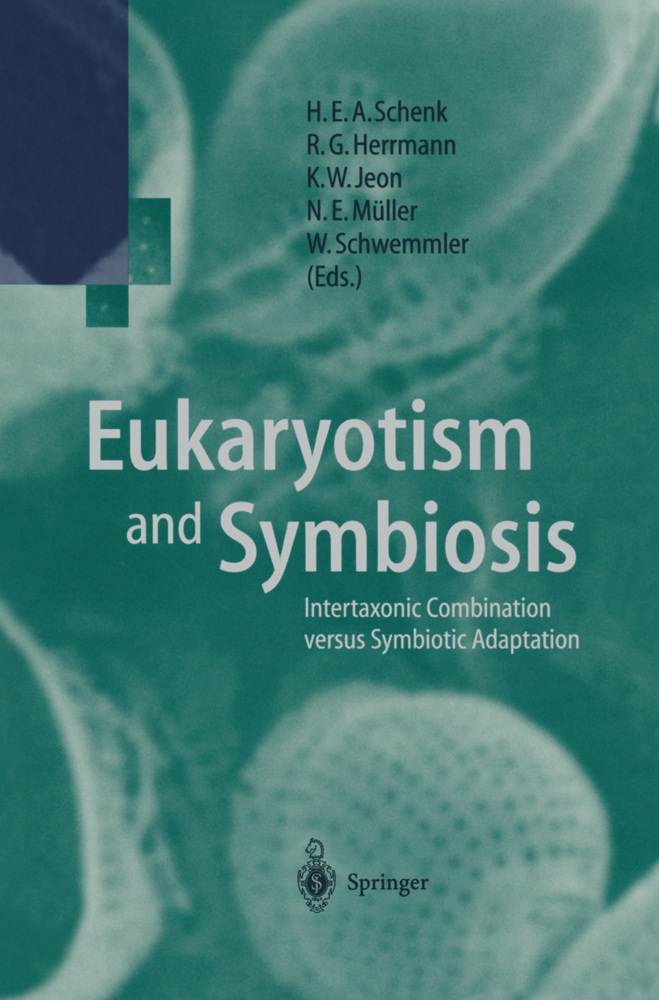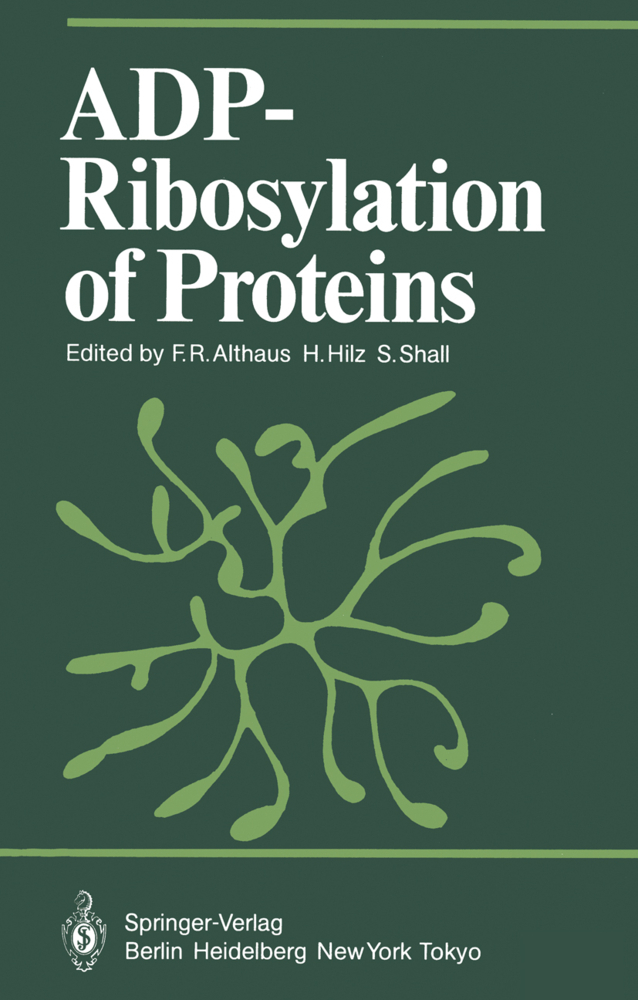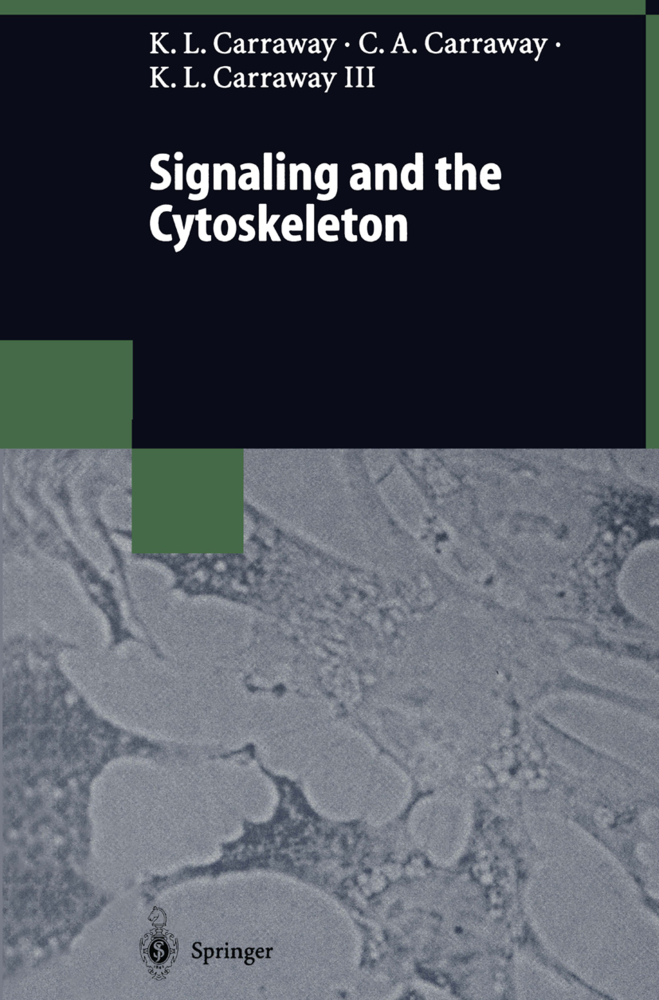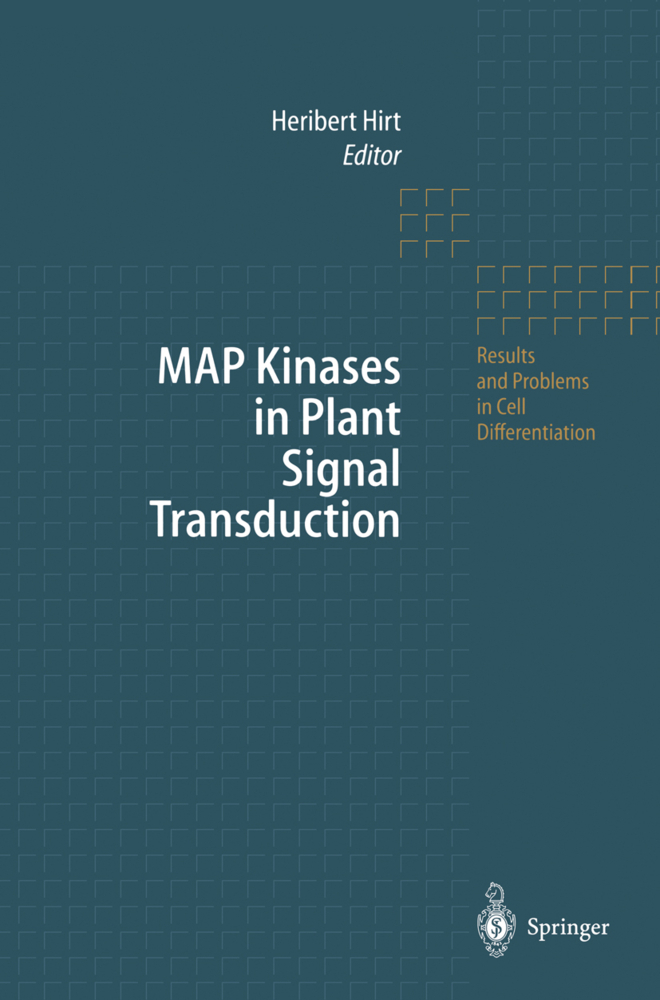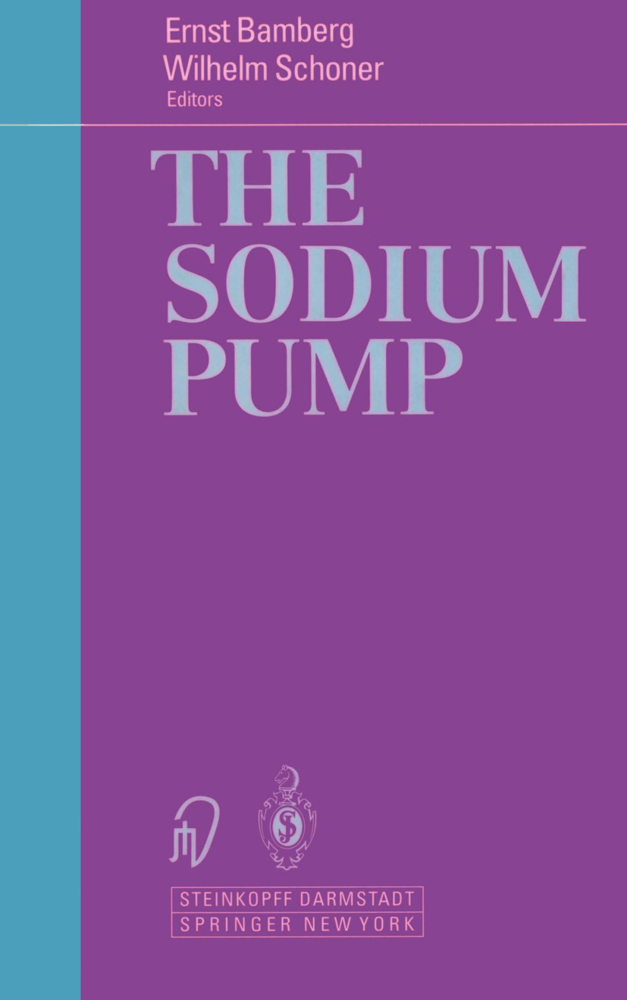Signal Transduction and the Coordination of B Lymphocyte Development and Function I
Transduction of BCR Signals from the Cell Membrane to the Nucleus
Signal Transduction and the Coordination of B Lymphocyte Development and Function I
Transduction of BCR Signals from the Cell Membrane to the Nucleus
Proper development and differentiation of B lymphocytes is es sential to ensure that an organism has the ability to mount an effective humoral immune response against foreign antigens. The immune system must maintain a balance between the deletion of harmful self-reactive B cells and the generation of a diverse rep ertoire of B cells that has the ability to recognize an almost un limited array of foreign antigens. The need to delete self-reactive cells is tempered by the need to avoid the generation of large functional holes in the repertoire of foreign antigen-specific B cells that patrol the periphery. To accomplish this, the immune system must reach a compromise by eliminating only the most dangerous autoreactive clones, while allowing less harmful au toreactive B cells to exist in the periphery where they may com plement the organism's ability to mount a rapid response against invading micro-organisms. Those autoreactive cells that do enter the peripheral pool are subject to a number of conditional re straints that effectively attenuate their ability to respond to self antigens. Deleterious alterations in the homeostasis between tolerance induction and recruitment of B cells into the functional repertoire may lead to increased susceptibility to autoimmune disease or infection, respectively. Therefore, delineation of the molecular processes that maintain immunological homeostasis in the B cell compartment is critical.
Intermediary Signaling Effectors Coupling the B-Cell Receptor to the Nucleus
Involvement of the Lymphocyte Cytoskeleton in Antigen-Receptor Signaling
Pax-5/BSAP: Regulator of Specific Gene Expression and Differentiation in B Lymphocytes
Receptor Modulators of B-Cell Receptor Signalling - CD19/CD22
Positive and Negative Signaling in B Lymphocytes.
Signal Transduction via the B-cell Antigen Receptor: The Role of Protein Tyrosine Kinases and Protein Tyrosine Phosphatases
The B-Cell Antigen Receptor: Formation of Signaling Complexes and the Function of Adaptor ProteinsIntermediary Signaling Effectors Coupling the B-Cell Receptor to the Nucleus
Involvement of the Lymphocyte Cytoskeleton in Antigen-Receptor Signaling
Pax-5/BSAP: Regulator of Specific Gene Expression and Differentiation in B Lymphocytes
Receptor Modulators of B-Cell Receptor Signalling - CD19/CD22
Positive and Negative Signaling in B Lymphocytes.
Justement, Louis B.
Siminovitch, Katherine A.
| ISBN | 978-3-642-63017-0 |
|---|---|
| Article number | 9783642630170 |
| Media type | Book |
| Edition number | Softcover reprint of the original 1st ed. 2000 |
| Copyright year | 2012 |
| Publisher | Springer, Berlin |
| Length | XV, 267 pages |
| Illustrations | XV, 267 p. |
| Language | English |

